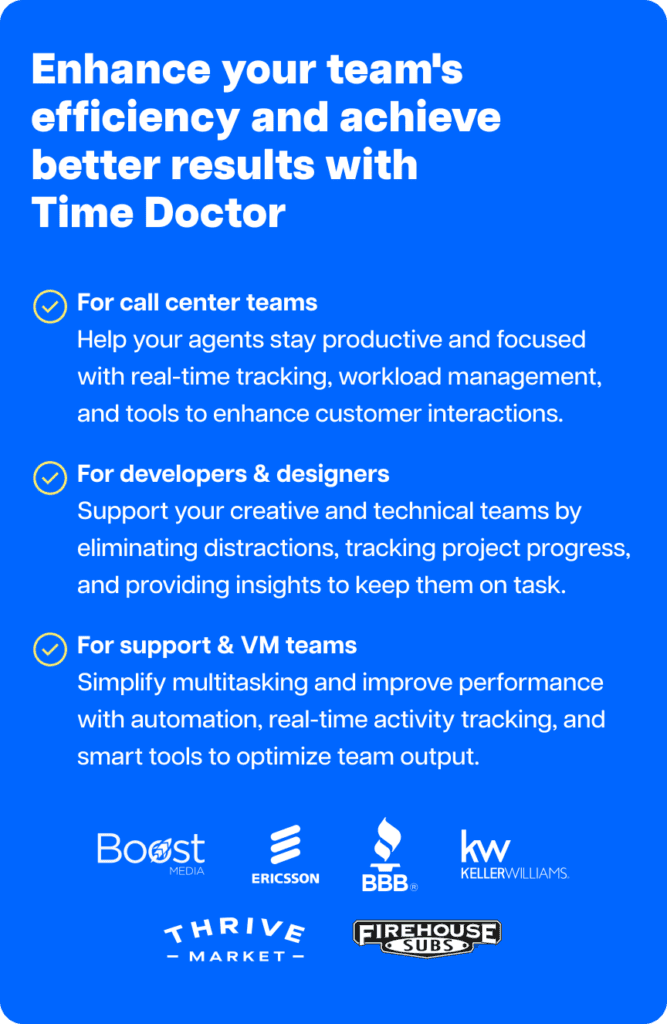With the business environment evolving constantly, scalability is critical for ongoing growth. Two of the most crucial things to think about while attempting to attain scalability are the composition and organization of your team. It takes careful planning and execution to build a workforce that can adapt to changing conditions and grow with your business.
This post will show you seven important steps that will help you build a scalable team structure that will help you succeed in the long run.
1. Establishing clear objectives
Creating clear objectives for your firm before beginning any growth initiatives is essential. This should be done before you begin any growth initiatives. Define your long-term objectives, as well as your mission and vision. Ensure that these objectives are SMART, which is specified, measurable, attainable, relevant, and time-bound.
Broken down into manageable actions, these objectives should be completed. It is important to successfully communicate these objectives to your team in order to ensure that everyone’s efforts are aligned toward a single goal.
2. Evaluating the existing opportunities and requirements
Evaluating the talents, strengths, and shortcomings of the members of your present team is important. Determine if there are any areas of knowledge or resources that could be a barrier to the expansion of your organization.
When scaling, it is important to take into account future estimates and anticipate the talents and positions that your team will require. This evaluation serves as the basis for strategic recruiting and the distribution of resources.

3. Designing the team structure
The third step in designing a team structure is choosing an organizational framework that aligns with your company’s objectives and core values. Whether your organization is flat, hierarchical, or matrix-oriented, it should be set up to facilitate efficient communication, teamwork, and decision-making.
Ensure that accountability and reporting lines are created and that roles and duties are well defined. Construct flexible frameworks that can change to meet the business’s ever-changing needs.
4. Hiring and onboarding
The fourth step in the hiring and onboarding process is to make a detailed recruitment plan. The goal is to find top talent who shares your company’s goals and values. Make sure that newly hired employees can easily fit in with your company’s culture by implementing thorough training processes.
Make sure they are ready for success right away by giving them the right instructions and tools. To keep good employees for a long time, it’s important to give them a sense of purpose and belonging.
5. Fostering a culture of learning and adaptability
Encourage a culture of continual learning, experimentation, and adaptation within your team. This is the fifth step in cultivating a culture of learning and adaptability. When possible, make opportunities for the development of skills and growth available through training programs, workshops, and mentoring relationships.
It is important to cultivate an atmosphere that encourages innovation and recognizes failure as a necessary step on the path to achievement. Grant your team the authority to question the established order and investigate novel concepts.

6. Implementing scalable processes and systems
To streamline your workflows and operations, you need to build scalable procedures and systems. This will allow you to achieve greater efficiency. Use technology to automate repetitive operations to improve efficiency and increase production.
In order to support the growth and performance of your team, it is important to make investments in powerful project management tools, communication platforms, and data analytics solutions. Determine the most important indicators for tracking progress and making decisions based on the data collected.
7. Empowering and motivating team members
The seventh phase is motivating and empowering your team members. You can empower them by giving them responsibility, promoting autonomy, and encouraging ownership of ideas and projects. It’s critical to consistently recognize and honor their accomplishments and contributions.
Create a work environment that is supportive and friendly to all staff members, where they are treated with respect and encouraged to give their all. It’s critical to lead by example and inspire your group to reach new heights as a unit.
Conclusion
Creating a team structure that can grow with the company is a strategic requirement for businesses hoping to grow sustainably in the present competitive landscape. You will be able to lay the foundation for a flexible and dynamic workforce that can propel your business forward both now and in the future by putting these seven stages into practice.
To propel your company to higher performance levels, you should cultivate talent, embrace change, and promote an innovative culture.

Andy is a technology & marketing leader who has delivered award-winning and world-first experiences.


